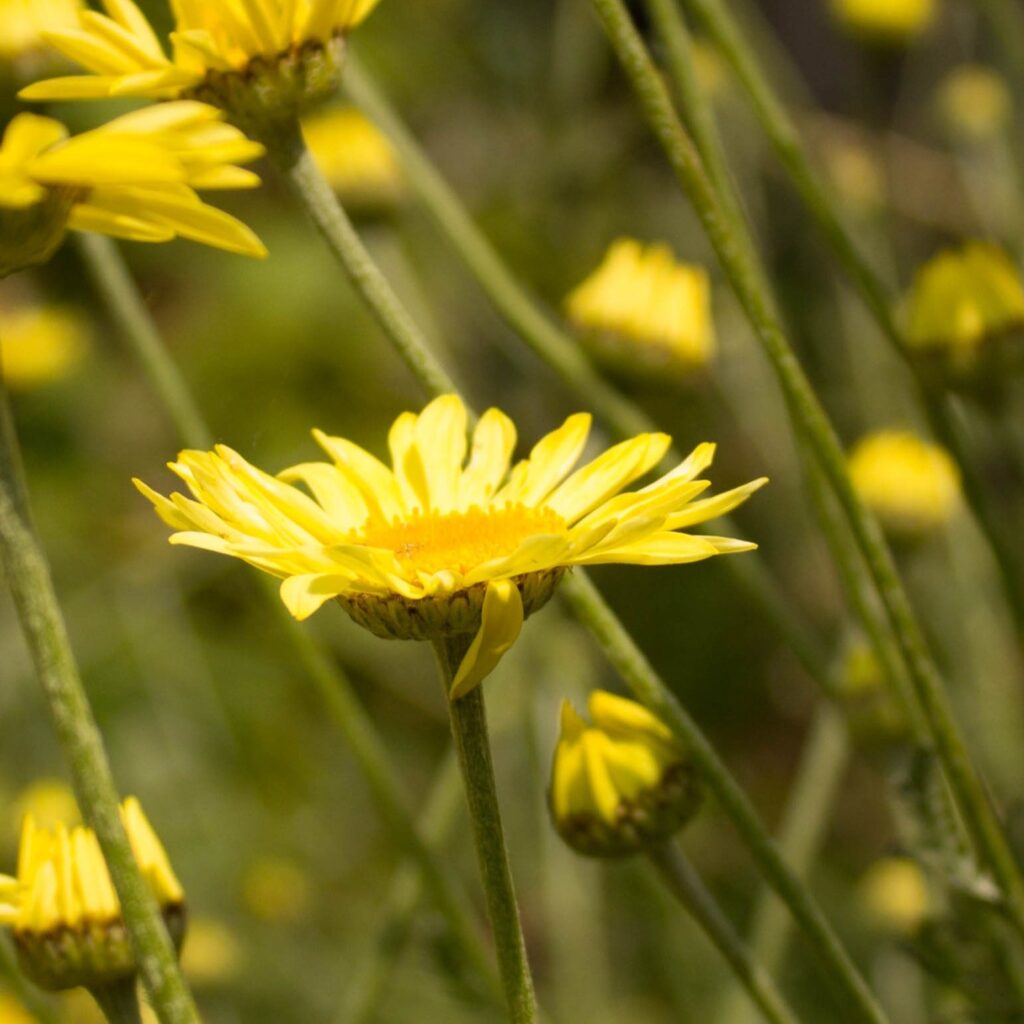As a garden designer, I’m passionate about creating beautiful and functional outdoor spaces. But beyond the aesthetics, there's a whole world of fascinating detail hidden within the plants I use. Have you ever wondered about those long, often Latin-sounding names attached to each plant? These aren't just fancy labels; they're part of a universal system that helps everyone understand and categorize the vast diversity of the plant kingdom. This system is called binomial nomenclature, and it's a key tool for botanists, horticulturists, and even garden enthusiasts.
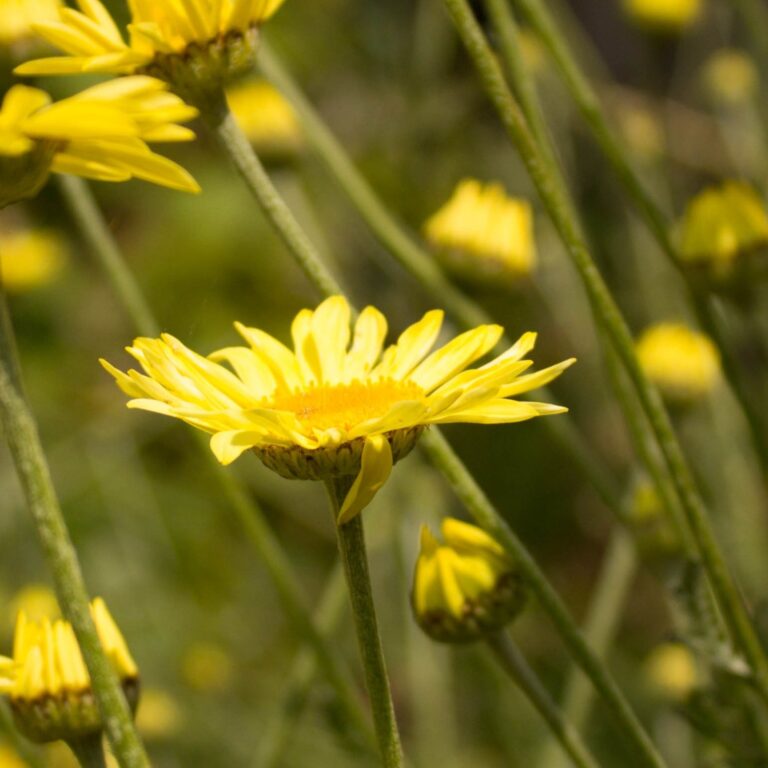
Is it a Daisy? No, it’s Anthemis ‘E.C.Buxton’ with beautiful glaucus foliage
A World Before Standardised Names
Imagine trying to describe a plant to someone who speaks a different language. Common names can vary wildly from region to region, leading to confusion and misidentification. Before the 18th century, this was the norm. Plants were described using long, complex phrases that confusing and difficult to remember.
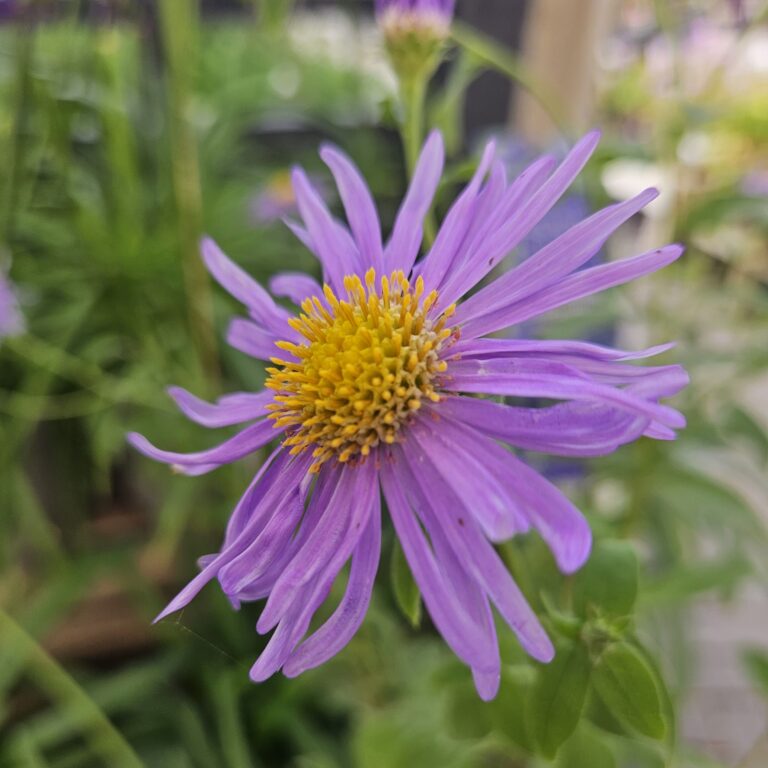
Maybe this one is a Daisy? No, it’s Aster ‘Monch’, a lovely late-flowering addition to the garden
The Genius of Linnaeus
Carl Linnaeus, a Swedish botanist, physician, and zoologist, revolutionised the way we classify living things. In his groundbreaking work, Species Plantarum (1753), he introduced the binomial system, a two-part naming system that provides a unique name for every plant. This system is still used today, providing a common way to accurately identify plants across languages and cultures.
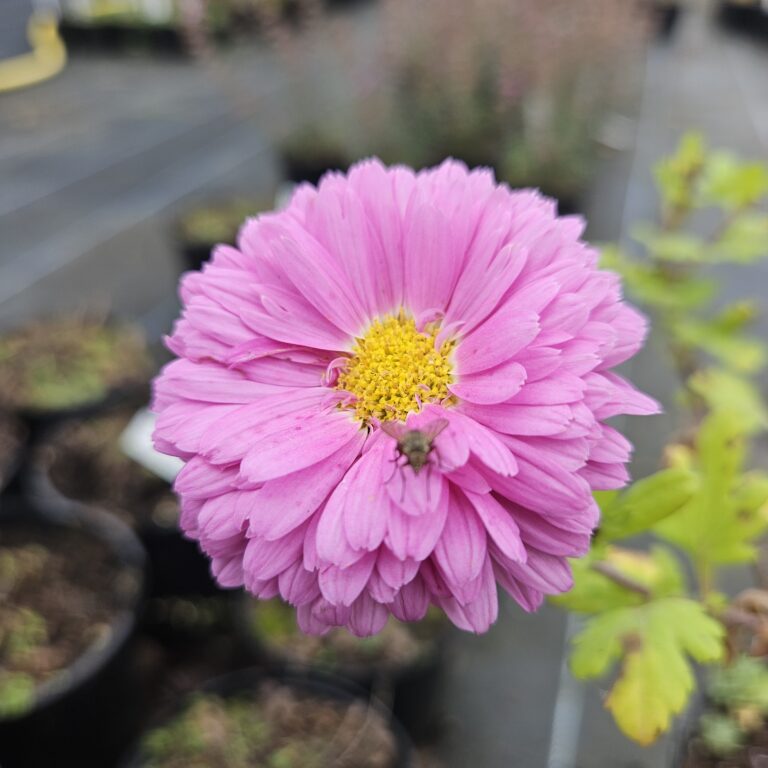
Surely this one is a Daisy? No, it’s Chrysanthemum ‘Bretforton Road’, a cheerful, hardy perennial
How Binomial Nomenclature Works
Each plant name consists of two parts:
Genus: This is the broader classification, grouping together closely related plants. It's always capitalized and written in italics (e.g., Rosa).
Specific epithet: This is the unique identifier for a particular species within that genus. It's also written in italics but is not capitalized (e.g., Rosa canina).
Together, the genus and specific epithet form the plant's scientific name, which is unique. For example, Rosa canina refers specifically to the dog rose.

This one looks like a Daisy though? No, it’s Erigeron karvinskianus, or Mexican Fleabane, often seen growing in cracks in walls
The Language of Botany
While we often say these names are "Latin," they actually draw from a mix of Latin and Greek, with occasional words from other languages that have been "Latinised."
These names often tell us something about the plant, such as:
Appearance: Leucanthemum vulgare (common daisy) - leuco means white, and anthemum means flower.
Origin: Juniperus virginiana (Eastern red cedar) indicates it's from Virginia.
Habit: Taxus baccata 'Repens' (creeping yew) - 'Repens' means creeping.
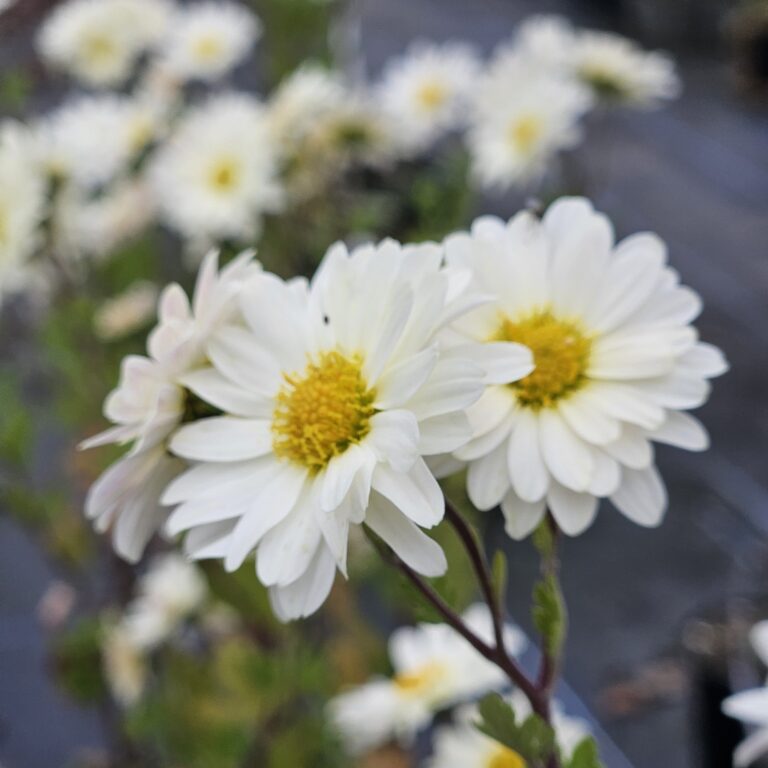
Daisy? No, it’s Chrysanthemum 'E.H. Wilson', a bright, captivating flower with a long flowering period
Why This Matters for Garden Design Clients
Understanding binomial nomenclature might seem like a purely academic exercise, but it has practical benefits for garden design clients:
Accurate communication: Using scientific names ensures that everyone is on the same page when discussing specific plants, avoiding confusion caused by common names.
Reliable information: When researching plants, using scientific names helps you find accurate information from reputable sources.
Appreciation for plant diversity: Learning the meanings behind these names can deepen your appreciation for the natural world and the rich history of botany.
Putting the right plant in the right place: all the images in this post are of similar-looking plants. However, if I was to mistake one for another, it could ruin the planting design, or even simply die due to being put in the wrong place.

This one is definitely a Daisy. No, it’s Leucanthemum × superbum, a sturdy, spreading, stalwart of the English Country Garden
By understanding the origins and purpose of binomial plant names, we can move beyond simply seeing plants as pretty things and appreciate them as part of a complex and interconnected living world. So, the next time you admire a Hydrangea macrophylla or a Salvia officinalis, take a moment to appreciate the fascinating story behind its name.
I’ll be posting some more binomials over the next few months – look out for some interesting names and their meanings!

ok, ok – THIS one is a daisy – its binomial is Bellis perennis, and it’s known as the common Daisy, found in lawns everywhere

